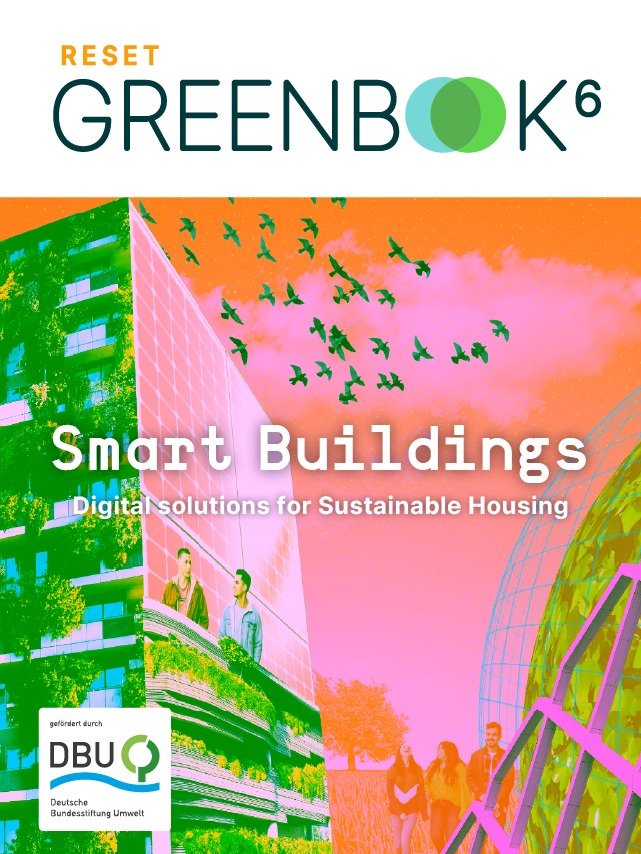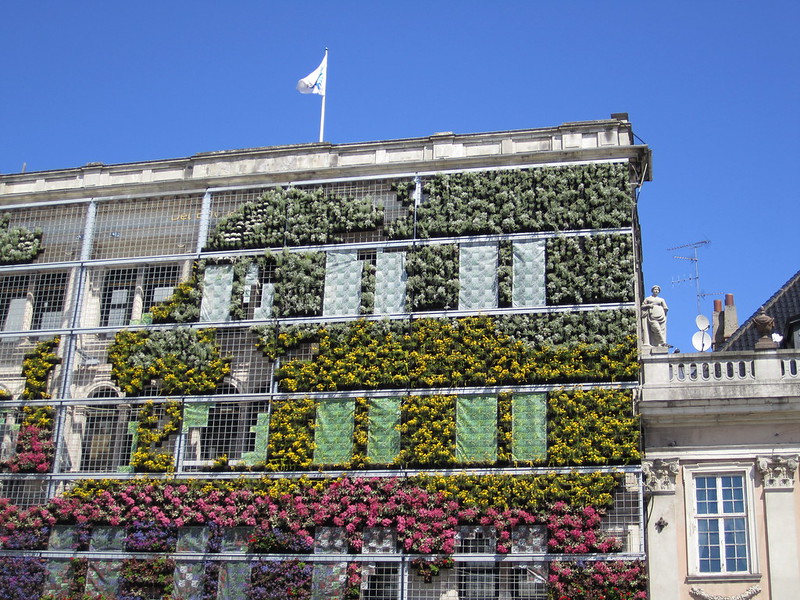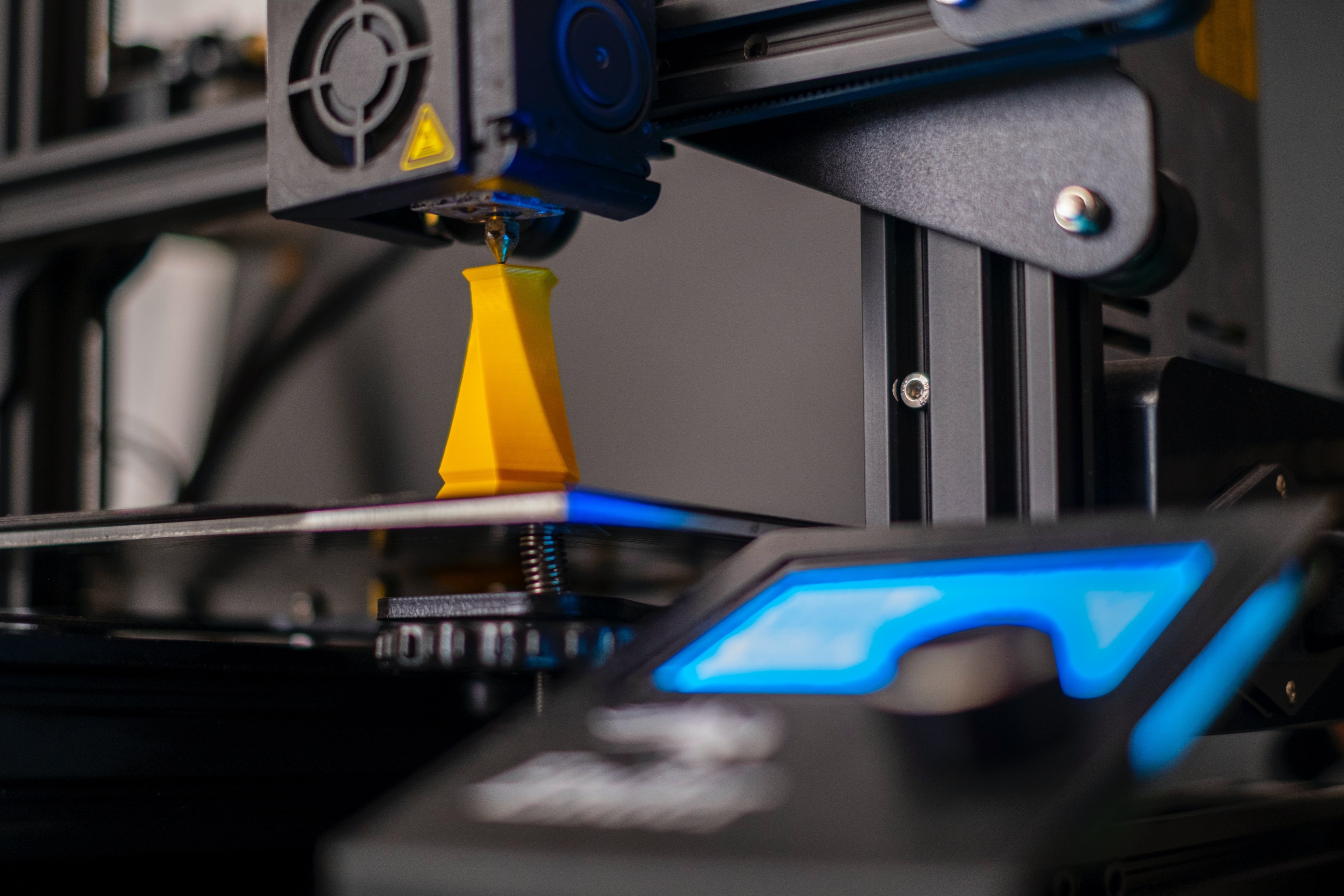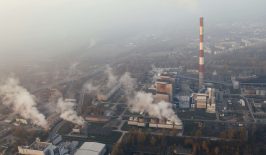According to calculations from The World Green Building Council, around two-fifths of global greenhouse gas emissions are thought to come from the construction, heating, cooling and powering of buildings. There is enormous pressure on the construction industry to find green, carbon-neutral solutions to creating and modernising buildings.
At the same time, global populations are rising. Alongside the pressure on municipalities to lower carbon emissions, there is an ever-increasing need for affordable housing and greater development in urban areas. These two concepts, as you might imagine, are often at odds. Is it possible to develop new buildings without straining our natural resources?
Luckily, progress in this area is underway. And, some of the potential solutions are not only practical but beautiful too.
Living walls can reduce heat lost from buildings by a third
Living walls, also known as green walls or vertical gardens, are architectural features that involve the cultivation of plants on vertical surfaces, such as walls. These installations can be used both indoors and outdoors and are bring natural greenery to urban environments where traditional gardening space might be limited. Living walls can have other applications, too.
Infobox: Benefits of living walls
1. Aesthetic enhancement: They add natural beauty and much-needed greenery to urban environments and architectural structures.
2. Improved air quality: Plants help to contribute to improved indoor and outdoor air quality by filtering air and absorbing pollutants.
3. Thermal regulation: Living walls can help regulate temperature in buildings by providing insulation and reducing heat absorption.
4. Noise reduction: Plants can help absorb sound and reduce noise pollution in noisy or high-traffic zones, improving living quality.
5. Biophilic connection: Living walls provide a connection to nature, which is known to boost well-being and productivity.
6. Biodiversity: They can support a variety of plant species which in turn can create urban habitats for insects and other fauna.
Buildings are a CO2 heavyweight: the construction, heating, cooling and disposal of our homes accounts for around 40 percent of Germany’s CO2 emissions. We will only achieve our climate goals if these emissions are massively reduced.
But how can we achieve the sustainable transformation of buildings and what role do digital solutions play in this? The RESET Greenbook provides answers: Building transformation – intelligently transforming houses and neighbourhoods.
Living walls in action
The University of Plymouth in the UK has recently released a study delving into the energy-saving potential of living, or green walls. They found that retrofitting an existing building with a green or living wall can reduce the amount of heat lost through its structure by over 30 percent.
The study focussed on Plymouth’s Sustainability Hub — a pre-1970s building on the university campus — and compared how effectively two sections of its walls retained heat. While situated on the identical west-facing elevation, one of these segments underwent retrofitting with an external living wall facade. This facade was constructed using a pliable felt fabric sheet system, incorporating pockets designed for soil and planting.
After five weeks of measurements, researchers found the amount of heat lost through the wall retrofitted with the living façade was 31.4 percent lower than that of the original structure. They also discovered daytime temperatures within the newly covered section remained more stable than in other areas, so less energy was required to heat it.
“Living walls have the potential to contribute to the improvement of the overall thermal performance of existing buildings”
says study team member Matthew Fox, a lecturer at the University of Plymouth School of Architecture.
However, both growing and maintaining living walls is not necessarily straightforward. As anyone with a garden knows, living walls, like all organic structures, require a lot of input in order to survive. Winter could spell disaster for any living wall depending on what kind of plants are used and its geographical location — the very season where the living wall’s extra heat would come in the most useful. This also brings about the issues of time and expertise: dedicated plant experts may be required to work around the clock in order to keep the plants alive. This is something that housing organisations or building owners will have to pay out of pocket, therefore cancelling out the cost-saving benefits of the heat insulation they provide.
Money talks. Oftentimes, practical solutions for saving energy are overlooked by those who have the power to enact them due to the costs of developing, installing and maintaining them. Could there be a way to lower the cost of energy-saving concepts such as living walls — while increasing efficiency?
How digitalisation can support the development of living walls
There is a lot to consider when designing and maintaining living walls. Consideration of factors such as plant selection, irrigation, lighting and structural support need to be made carefully. The choice of plants needs to take into account factors such as light availability, temperature and the specific environment in which the living wall will be installed.
A potential solution to these issues comes, of course, with technology. Since the early 2000s, Building Information Modelling (BIM) has become a necessary part of major building construction. BIM, “a process involving the generation and management of digital representations of the physical and functional characteristics of places”, has since become a huge part of building construction, according to one recent study. When utilised correctly, this technology can support the design, fabrication and construction of a customised plant and eco-habitat façade.
According to the study, by Associate Professor and Graduate Advisor for Architecture at the University of Texas, Danelle Briscoe, one way that BIM can be used in living wall construction could be the creation of multiple, 3D-printed custom sensors placed within the living wall and used to track performance. The data obtained could then be recorded and consistently tracked in real-time using open source software. The data measurements also made it possible to determine whether the living wall cools or warms the facade surface by measuring the temperature in front of, inside and behind the wall itself. These quantifiable values can then be entered into Excel sheets at specified intervals, allowing the data to be tracked consistently over time.
Monitors can also track water usage for each plant cell through individually fed lines. The spreadsheet then imports the data back to the BIM model. This then gives a ranking of which plants are using the most or least water in comparison to longevity. This in turn saves water and, crucially, money, making the wall more appealing to investors and developers.
In essence, technology, particularly BIM and associated tools, has the potential to enable a multidisciplinary approach to the intricate interplay between construction, nature and sustainability, making innovations such as living walls more efficient. And, by proxy of this, these digital methods make these energy-saving features more economically viable for construction companies. This fusion of innovation and ecological awareness has the potential to form the building blocks of the smarter, greener buildings of the future.












